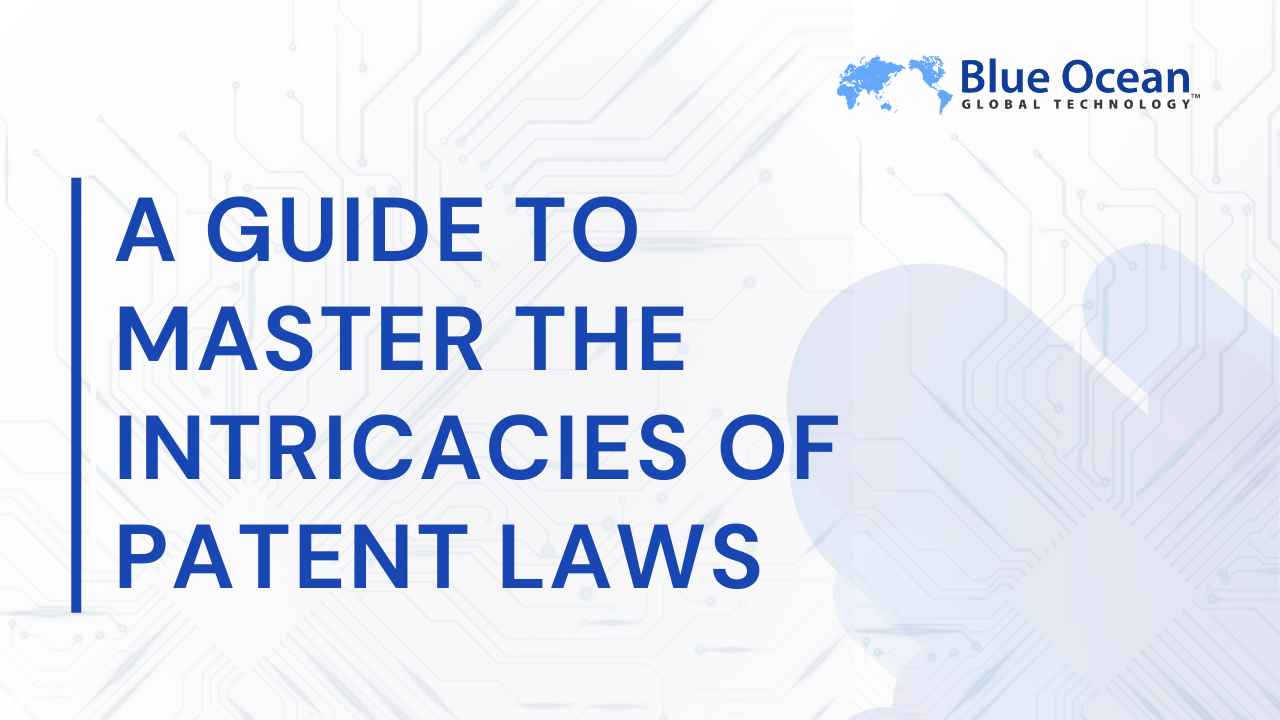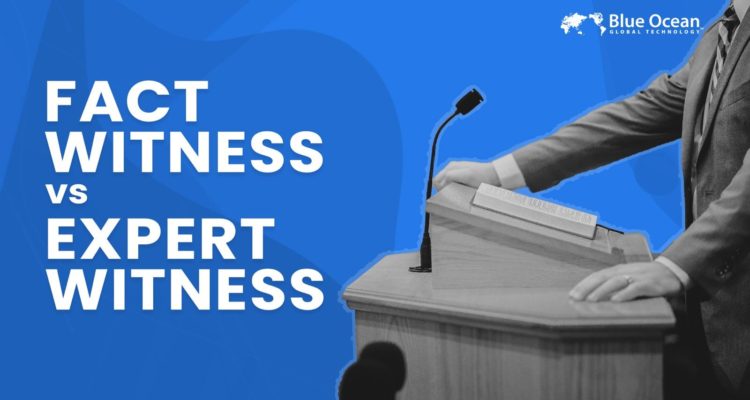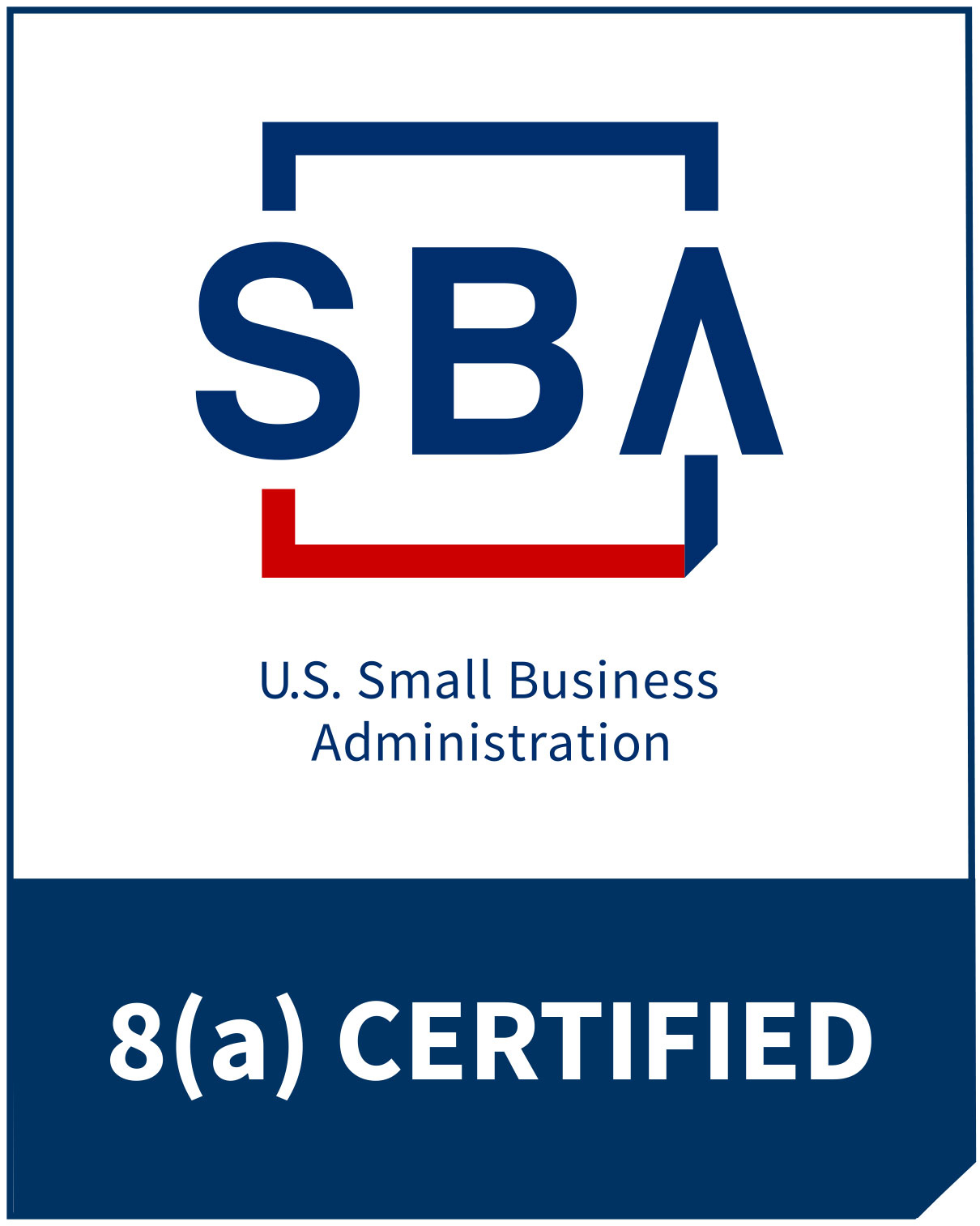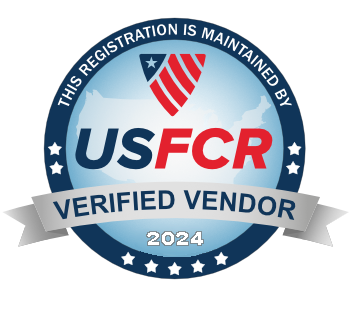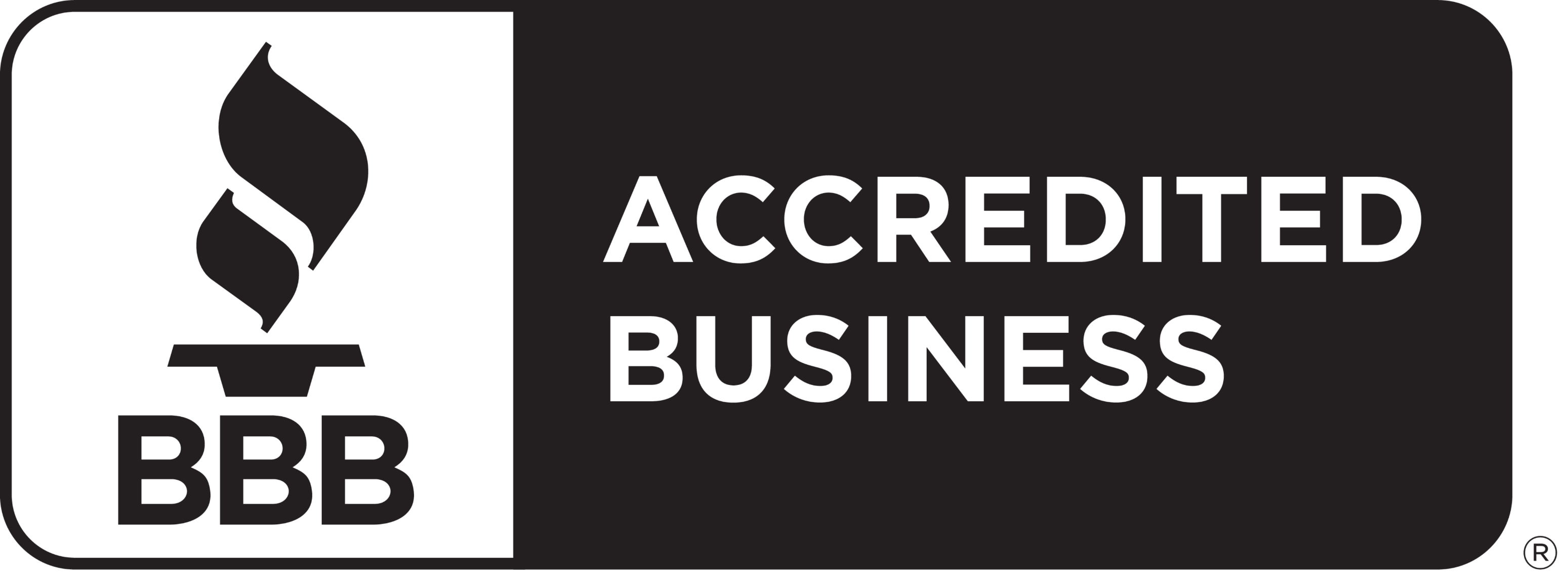An invention is not separate from the inventor. Years of devoted time, energy, intellect, and hard work imbues the creator’s essence into their creation. Thus, if the latter is not protected, the former also becomes vulnerable to exploitation.
A patent is a layer of protection against unauthorized use or duplication. It grants inventors the exclusive right to exercise their authority over their creations. Laws governing this sect of intellectual property empower the creators to commercialize innovation. They also allow entrepreneurs and businesses to introduce their s to the market.
Each player involved needs to be well-versed in patent laws to understand the process of bringing a new and useful product to the market.

Understanding Patent Laws
A person with a patent on their research or product has the sole discretion over its usage. In other words, they decide if and how others can use their creation.
Types of Patents
Patent laws offer three options of patents: utility, design, and plant. The protection of each varies depending on the subject matter and duration of its application.
Utility Patent
Also known as a patent for invention, a utility patent protects new or improved and useful processes, machines, articles of manufacture, or compositions of matter. It safeguards the functional aspect of the invention or discovery.
For example, Apple Inc. has a patent on auto-eject shock absorbers that protect the iPhone from shattering when dropped.
A single utility patent can protect different variations of a product and remains valid for up to 20 years from the application filing date(subject to payment of maintenance fee).

Design Patent
This form of patent protects the aesthetics of a manufactured item. It can be applied to safeguard a distinct shape, surface ornamentation, or configuration. Basically, it protects against duplication of the appearance of a manufactured article.
For instance, Apple Inc. owns patent D670,286 for the rounded edges of the rectangular screen of its iPads.
U.S. patent laws state that design patents remain valid for up to 14-15 years, depending on the date of its filing.
Plant Patent
New and distinct plant varieties, created and asexually reproduced by an inventor, are protected under a plant patent. The important element here is “asexually reproduce” because this signifies that the process for its creation can be copied.
A good example is David Bedford’s patented Honeycrisp Apple (its US patent expired in 2008).
Patent laws provide 20 years of validity to plant patents from the date the patent application is filed.
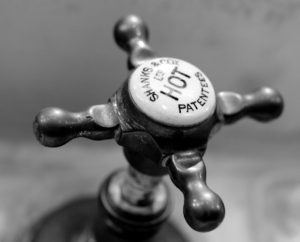
Criteria for Patent
Under U.S. Patent Laws, an invention or discovery is eligible for a patent if it is:
Useful:
it has a purpose and the functionality to serve said purpose.
Novel:
invention was not known or used by others, or patented or described in publication before the applicant invented it.
Non-obvious:
new or improved item has sufficient differences from existing items or ones described before. Additionally, this criterion specifies that a person with ordinary skills in the relevant field should not be able to create it without significant difficulty.
US Patent Laws and Rights of Patent Holders
The Patent Act (35 U.S. Code) governs and regulates patents in the United States. This enactment led to the establishment of the United States Patent and Trademark Office (USPTO) in 1870.
An applicant seeking protection for their invention has to apply to the USPTO.
Under the U.S. patent laws, patent holders receive the right to exclude others from using, duplicating, or selling their invention or discovery. They can allow other parties to utilize their invention by authorizing use through a patent license agreement.
Moreover, patent holders have the right to claim civil remedies against patent infringement.
Patent Laws and Its Application Process
Registration of patents allows an inventor to keep others from exploiting their product or process; at least not without a share of the profits. Simply put, patent holders can reap monetary benefits from their invention or discovery through patent registration until the duration of protection expires.
Patent Application Process
As per U.S. patent laws, only original inventors can file for a patent. They have two application filing options: provisional and non-provisional. The former does not require complete documentation; it allows for the assignment of a filing date without initiation of an examination process. The latter necessitates the filing of detailed specifications for the initiation of an examination process and leads to patent issuance.

The step-by-step process of filing a patent application:
Step 1:
Determine whether the invention/discovery requires a utility, design, or plant patent. Also, choose whether to file a provisional or non-provisional patent application.
Step 2:
Conduct a prior art search. A patent is not issued for a product or process that has been either previously patented or published. Check online databases, journals, conferences, articles, discussion forums, and catalogues using specific keywords. Use a patent office directory to locate the nearest patent office and seek expert help or use the services of a patent attorney or firm for this research.
Step 3:
Collate documents of your process. A non-provisional utility patent requires the following documents:
- Patent application form
- Specifications of the invention (description of the process/article)
- Claims (define the scope of protection)
- Abstract (disclosure of the technical problem that the invention solves, how it solves it, and fields where it can be used)
- Drawings (graphic description of the invention’s functions and usage)
- Indication of deposits (if the application relates to biological material mentioned in section 8 of the Finnish Patent Act)
Step 4:
File the patent application. Under the U.S. Patent Act, the patent protection will be valid only within the territory of the U.S. If an inventor seeks protection in multiple countries, they can file a Patent Cooperation Treaty (PCT) application.
Step 5:
Patent publication occurs after the expiry of 18 months from the application filing date. However, applicants can request early publication.
Step 6:
Once the application is complete, it is sent for examination. The examiner evaluates the claim for the new invention. If objections are raised on a patent application, it is conveyed to the inventor through an official letter from USPTO. The inventor has to then make amendments or challenge the objections. However, the response has to be sent within the stipulated time or the application will be deemed abandoned.
If the application qualifies the examination stage, a patent is issued and a Notice of Allowance is sent to the inventor.
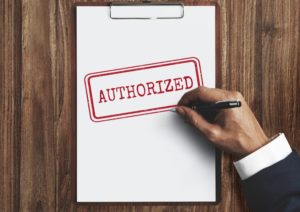
Cost of Filing Patent Application
Patent application costs vary depending on the complexity of the invention, the kind of patent, the size of the entity filing the patent, and the attorney charges.
Cost of Utility Patent
Based on the complexity of the device, the cost of drafting a non-provisional application can range from $8000-$15000. Moreover, there is also a government fee for filing that can go up to $800 for small entities.
Besides, if the inventor decides to file a provisional application before, it might increase the total process cost by $200.
Further, the U.S. Patent Office might reject the application during the review stage. Inventors can expect to bear costs, ranging from $35,000 to $ 4,500 while responding to rejections. Once the office approves, there will be an issuance fee of around $240-$1200.
A utility patent lasts for 20 years, but inventors have to pay maintenance fees to keep it valid during the patent’s lifetime. For small entities, this fee is up to $6,300.
Cost of Design Patent
Design patents are cheaper. The cost from drafting to applying usually ranges around $2,000.
Cost of Plant Patent
For plant patents, the basic filing fee is between $44-$220. Post-application filing, the examination fee ranges from $132-$660, and then the issuance fee is around $168-$840.
Make Your Patent Journey Easy with Expert Guidance
Is legal jargon keeping you from filing your application? Blue Ocean Global Technology’s team of experts offers personalized support tailored to your needs and ensures all your decisions are well-informed.
Patent Infringement and Remedies
A patent is said to be infringed when any entity uses, makes, or sells the patented article/process without the inventor’s authorization. There are two main categories of infringement in U.S. patent laws.
Direct infringement:
A party produces, uses, or sells the patented item without the inventor’s permission. The party doesn’t need to know that the inventor’s patent exists to be held eligible for action.
Indirect infringement:
A party encourages, assists, or enables another party to infringe a patent. This form of infringement has further classifications:
- Induced infringement: The accused party knew about the patent and knowingly induced another party to infringe it.
- Contributory infringement: The accused party knowingly sells a component that enables another party to infringe the patent. Such components should not have any substantial non-infringing use.

Civil Remedies Against Patent Infringement
Under the U.S. Patent laws, patent holders can claim civil remedies as relief against infringement. The remedies that can be claimed include:
- Injective relief
- Temporary Restraining Order (TRO), or
- Preliminary or permanent injunctions
- Monetary damages
- Reasonable royalties or lost profit
- Treble or punitive damages
- Litigation costs
- Attorney fee
- Pre-judgement interests
- Other relief
- Delivery or destruction of goods produced without authorization of inventor
Patent litigations can only ensue before the U.S. Federal district court with personal jurisdiction over the defendant. Therefore, it is important to decide on the correct forum before raising a patent infringement claim.
Conclusion
Edwin H. Land, the man who patented polaroids in 1933, said, “The only thing that keeps us alive is our brilliance. The only way to protect our brilliance is our patents,” In the end, what does an inventor wish for if not the glory for their labor and the chance to make an impact in the world? The exclusive commercial right granted through a patent is a recognition of a creator’s hard work and genius. It is also an incentive to share it with the world for a larger benefit.
Participants involved in creating, selling, profiting, and impacting through invention can catalyze the process with the knowledge of patent laws. Being aware of its provision can be helpful, especially while making cost-smart decisions.
Frequently Asked Questions
1. What are examples of patent?
Some examples of patents include:
- Wright Brother’s patent on “Flying Machine” (Utility Patent)
- Coca-Cola’s bottle design (Design Patent)
- Hass Avocados by Rudolph Hass (Plant Patent)
2. Do patents expire?
Yes. Generally, utility and plant patents expire after 20 years from the application filing date. However, design patents expire after 14-15 years.
3. How much do patents cost?
Utility patents cost around $10,000-$25,000. These are more expensive than design patents, which cost around $2000, and plant patents, costing approximately $500.
Protect Your Invention With Blue Ocean Global Technology
Reach out to us today to get expert assistance in patenting your creation

